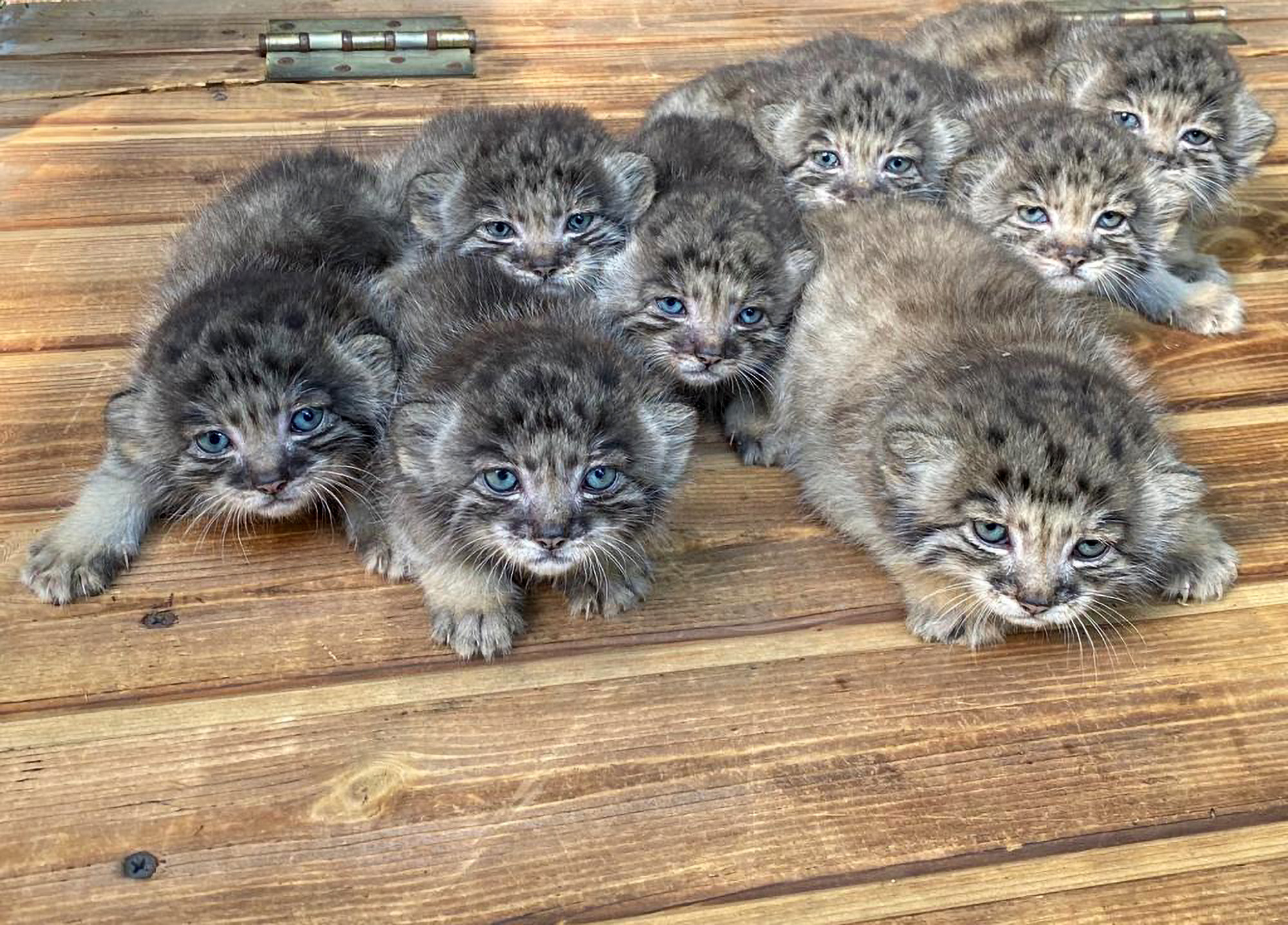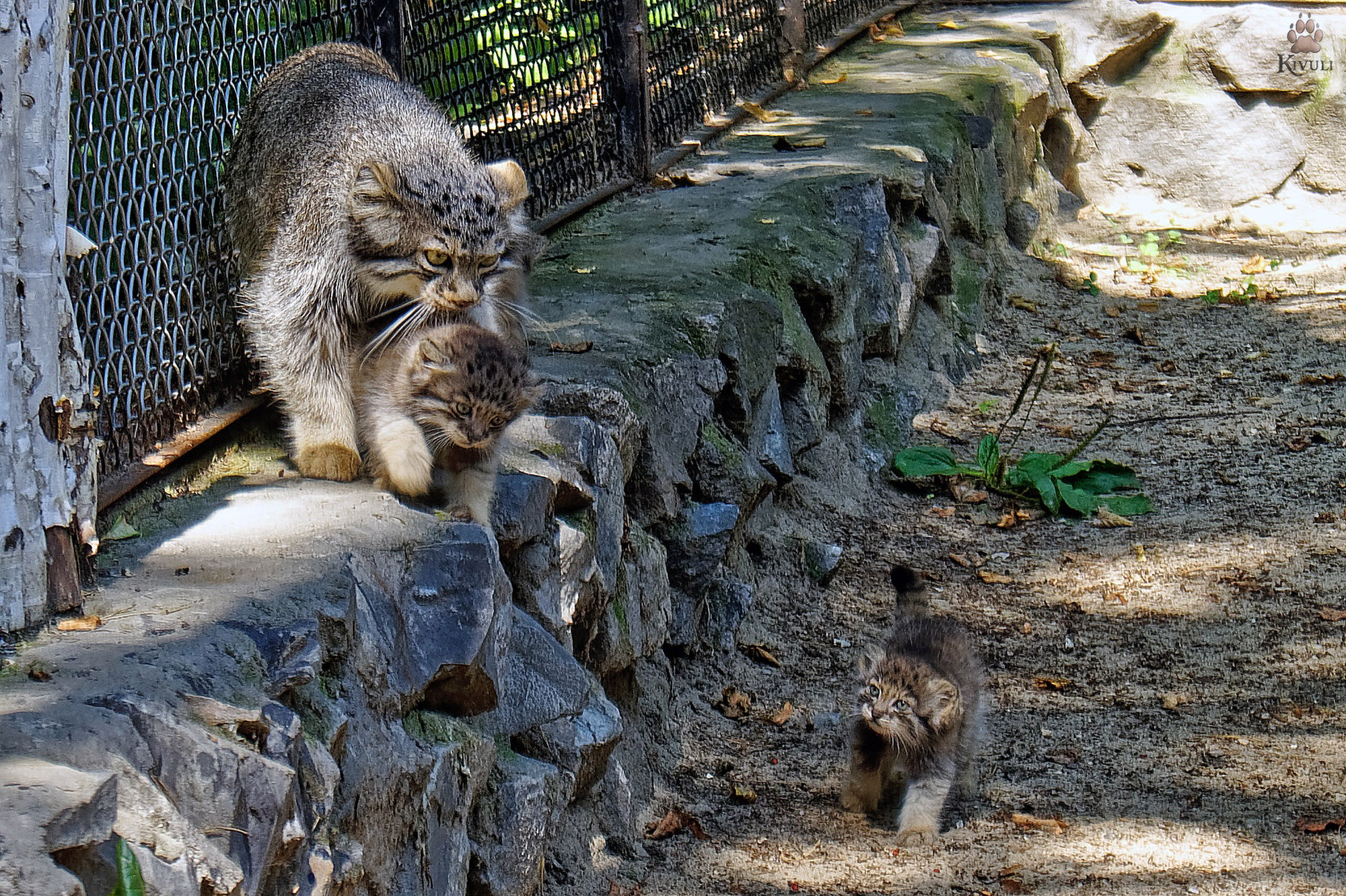“16 Wild Felines Born at a Siberian Zoo – Get Ready to ‘Aww’ Over Their Cuteness!”

These charming creatures, with their captivating blue eyes, are playing a vital role in conservation initiatives aimed at safeguarding their kind.

The Novosibirsk Zoo in Siberia recently made an announcement on VK.com, a Russian social media network, about the arrival of 16 wild kittens in their facility. The newborns were distributed among three litters, but there is no information about their exact birth dates. The head of the International Cooperation Department at the zoo, Tatyana Pevneva, reported that three female cats gave birth in June, with one litter having three kittens, another having five, and the third having eight. These kittens are Pallas’ Cats (Otocolobus manul), and they have magnificent bright blue eyes that will eventually change to green and yellow as they mature. The zookeepers and veterinarians are keeping a close eye on these cute creatures’ progress, but their future remains uncertain due to their young age.

There are two adorable kittens having a blast playing in their enclosure at Novosibirsk Zoo. These little cuties belong to the Pallas’ Cat breed and have been bred at the zoo since 1995. The goal is to aid international and European conservation programs by sending the kittens to zoos all over the world. Thanks to the efforts of the Novosibirsk Zoo, descendants of Pallas’ Cats can now be found in countries like the Czech Republic, Poland, Germany, France, Austria, Switzerland, and Great Britain. Breeding Pallas’ Cats in captivity is no easy feat, with a high mortality rate. These cats are typically found in rocky deserts and semi-arid regions that stretch from Central Asia to Mongolia. Unfortunately, this species is facing endangerment due to habitat degradation and being hunted for its fur.

The Novosibirsk Zoo is currently home to a mother Pallas’s Cat and her two adorable kittens that have captured the hearts of many animal lovers. These cats are rare, with only 12,000 in the wild in Russia, according to WWF data. In captivity, there are only 30 of these cats in various zoos across the country as of the end of 2019. Although the kittens occasionally venture out of their hiding place, they typically avoid strangers, including visitors. However, zoo staff has observed that the kittens are growing more confident, which increases the likelihood of seeing them.













